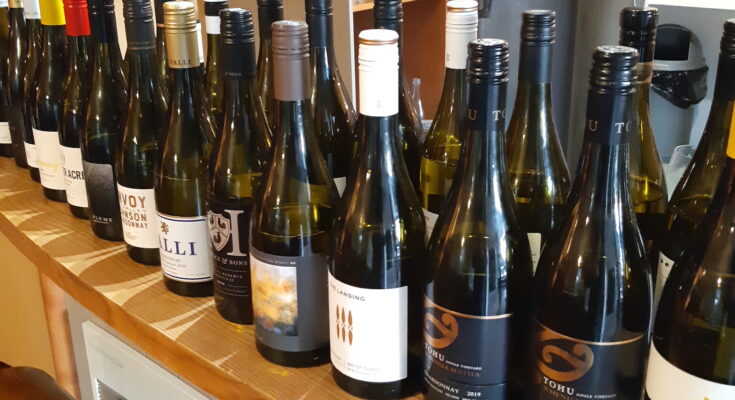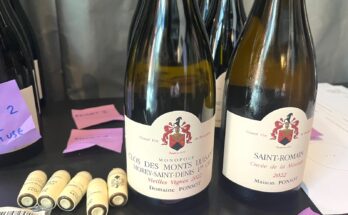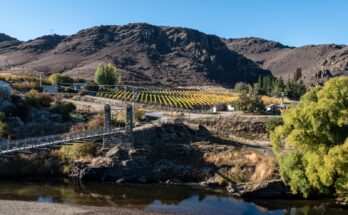After the big Top 10 Tasting a couple of weeks ago, I was asked a few times for my thoughts on where Chardonnay was sitting in New Zealand now. Was it starting to become our top varietal, in terms of critical acclaim – how did one region compare to another – was there a clear style shift – and more?
After I’d worked my way through some of the nation’s best, I found it took me a week or so removed to be able to really sit down and give clarity to thoughts on that. Hopefully I have a bit of insight, and some answers to those questions now. As an admission, I will say that Chardonnay is my favourite varietal. It is through that lens that I have to look at this. I’ll be biased – maybe even rose-tinted glasses on – as I ponder this noble grape. Even as an evening progresses, and the pouring has moved on to big tannic reds, I’ll be sneaking off and getting a glass of Chardonnay to re-set. Friends have seen this time and again. It’s not that I don’t enjoy the reds, but my first love is somewhere else, and if a good example is open, and has something left in that bottle, it calls me.
Sauvignon Blanc has paved the way for the modern New Zealand wine industry – that much is evident. And I do love a good Sauvignon Blanc. Whether that is the best of what is currently coming out of the powerhouse of the variety that is Marlborough – and I do consider that there is some seriously good wines appearing from there – and Wairarapa. The bar in Marlborough has lifted (even higher) in the last couple of years, with some outstanding vintages and a slight change in direction – at the top end.
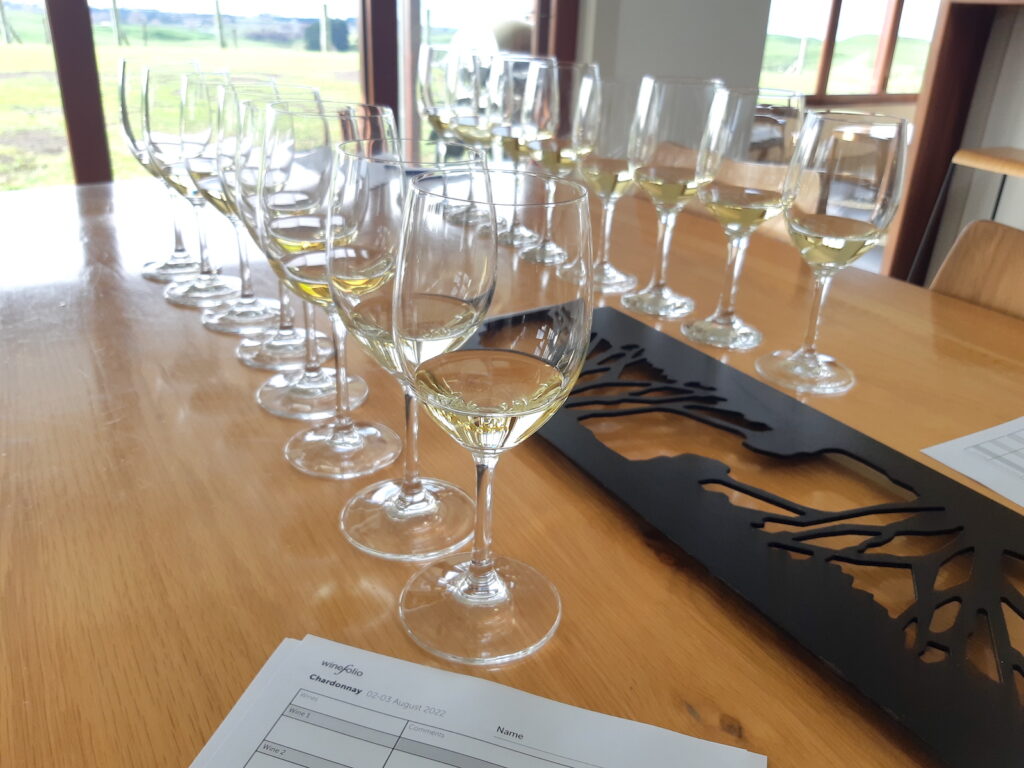
Pinot Noir has surged to the top of the awareness charts for our top reds, and no doubt that there are examples here that belong at the top table – if not quite challenging the very best of the rest of the world, yet. However, if you look at the winner of the Top 10 tasting of Chardonnay – the 2021 vintage of Kumeu River Maté’s Chardonnay – here is a wine that does do just that. This wine is still regularly being served blind by Stephen Browett (Chairman of Farr Vintners – who distribute Kumeu River in the UK) in Europe and the recipients guess that it is a top white Burgundy. In other words, a world-class Chardonnay.
And, this is where many of our other best Chardonnay wines are heading. With the Brajkovich family as pioneers, the UK wine trade is now fully conscious of how good the next wave of NZ Chardonnay is. It is undoubtedly helped by initiatives such as the excellent ‘Hawke’s Bay Wine Chardonnay Collection’ boxes of a dozen wines from each vintage that have winged their way onto the tables of such esteemed influencers as Jancis Robinson and Jamie Goode. When you work through a box of that quality – as I have for the past couple of years – it is clear that there are some very good producers in New Zealand.
When you have a tasting at a level like I did for our Top 10 tasting – where it was actually rare for wines to score in the mid-80s out of 100 or under; and a lot of the examples tried reached scores of over 90/100, then you start to remark upon it. As I said – through the lens of “I love Chardonnay” to be sure – but the overall quality on show during those couple of days at Millar Road was quite notable. Wines getting scores that would have easily made the Top 10 list in some of our other tastings – and not quite getting into the top twenty on our Chardonnay list!
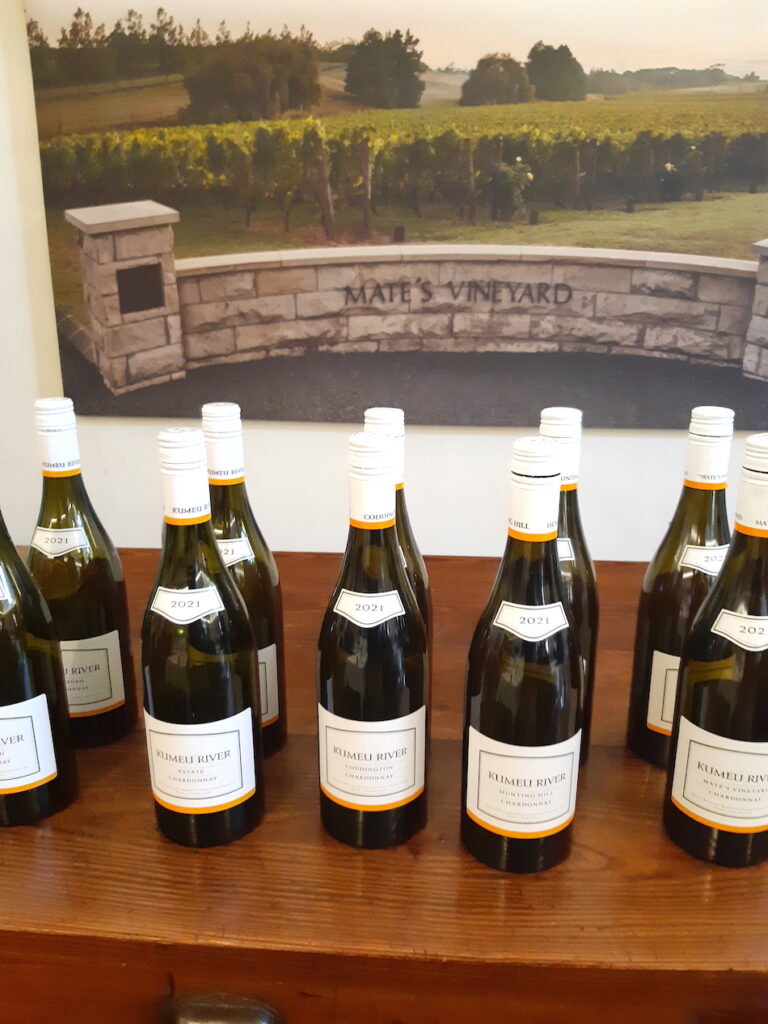
The tasting was a bit of triumph for the varietal as a whole. The ‘almost Top 10’ scorers – wines that finished from eleven to nineteen place on the list were all wines I’d be proud to serve. But that’s the nature of judging, where the margins can be very narrow, and even if one scorer loves a wine, it might not get the same reaction from another judge, and drops down the list. What I thought was clear is that in each region there are a few really top wineries, and then a good layer of people producing wines that are also very good, and cementing that region’s overall reputation. Good Chardonnay is being made all over New Zealand, not just the traditional places.
The nature of these wines is also in a state of flux – with a very wide range of styles making it onto our table. There are some unashamedly ‘old school’ examples; plus a fair few of the ‘modern’ style with complex, reductive aromatics that won all the trophies in the recent past. Then there are a good slice who are following the west island’s direction towards bracing acidity and an earlier-picked green edge.
Each region can also start to point to sub-regional expressions, whether that is driven by a coastal, altitude or soil type influence. In the manner that a Bendigo-grown Pinot Noir has flavour profiles that are distinct from a Gibbston Valley one; so can you make a point that each of places like Awatere Valley, Te Awanga, or Te Muna are making their own separate versions of Chardonnay, individual to their sites. Whether the international consumer will recognise this – or even care to be honest – is debatable. But when the difference is there, then the question is likely to be asked somewhere along the way. And this will be the next step in our evolution – not just for Chardonnay, but for NZ wine as a whole.

